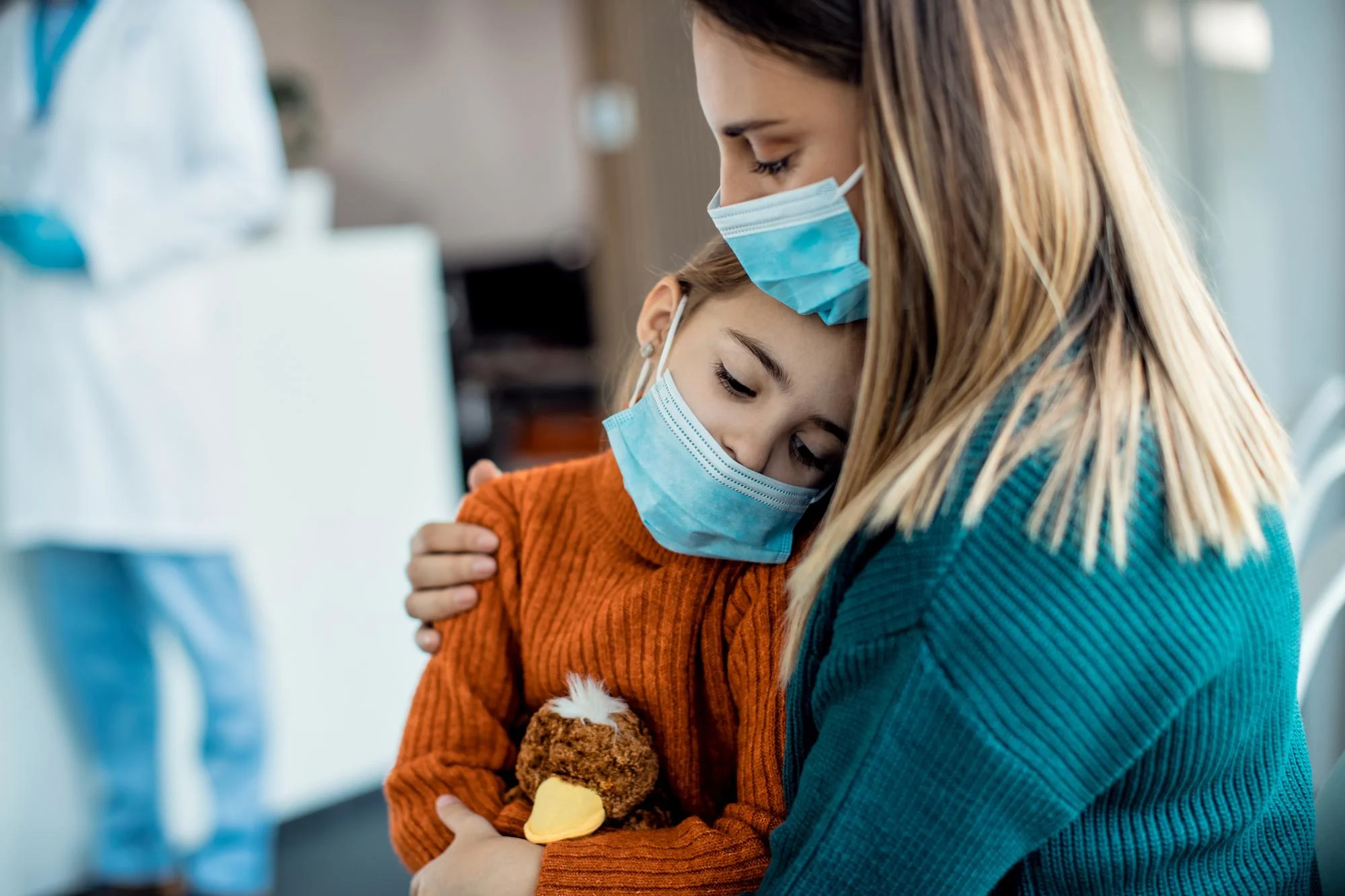As health professionals across the globe continue to battle the spread of infectious diseases, a recent retrospective study from Marseille, France, casts new light on the challenges of diagnosing Monkeypox and Chickenpox in children during an outbreak. The comparison, drawn from the city’s public hospitals, is particularly timely and vital for informing better clinical practices and public health responses. This 2500-word article delves into the findings and implications of the study, shedding light on the crucial differences and similarities between the two diseases in the pediatric population.
Marseille, a city at the forefront of addressing infectious disease outbreaks, has once again provided invaluable insights into the battle against emerging and re-emerging infections. A retrospective study conducted in the city’s public hospitals, as reported in the January 2024 edition of Travel Medicine and Infectious Disease, highlights the complexities facing healthcare professionals when confronted with cases of children suspected of being infected with the Monkeypox virus (MKPV) or diagnosed with chickenpox, also known as Varicella-Zoster Virus (VZV).
The study, registered under the General Data Protection Regulation number PADS23-57 and adhering to the tenets of the revised Declaration of Helsinki, as well as the STROBE guidelines, was published online on January 12, 2024. It presents data accumulated from March 23rd concerning the differentiation of Monkeypox and Chickenpox in pediatric cases during an outbreak. Notably, the research was presented as a poster at the congress of the French Pediatric Society in June 2023.
The investigation focused on children under 16 years old, where none of the 14 cutaneous swabs collected tested positive for Monkeypox virus DNA. In contrast, out of 168 children tested, 30 (17%) were positive for VZV DNA. Of these 30 VZV-positive children, seven had initially been suspected to be infected with MKPV due to an atypical presentation of the rash, a result of the lesions’ location and the chronology of their appearance.
This finding is particularly relevant given the context of the 2022 Monkeypox outbreak in non-endemic, developed countries. Pediatric cases of this outbreak have been very rare, as this virus variant typically does not spread easily and necessitates very close physical contact for transmission, including direct interaction with skin lesions, bodily fluids, or respiratory droplets.
Research indicates that while distinguishing Monkeypox infection from other rash-associated infections can be difficult, vigilance remains essential. The possibility of close contact, sexual transmission of Monkeypox in children, or the emergence of a new, more contagious variant cannot be ignored.
The study’s lead authors include esteemed researchers from various institutions such as the Service d’Accueil des Urgences Pédiatriques, Hôpital Nord, Aix-Marseille Université (AMU), and Assistance publique-hôpitaux de Marseille (AP-HM). Their collective expertise has shed light on a critical area of pediatric infectious disease, emphasizing the importance of precise diagnostic approaches in the setting of an outbreak.
The emergence of Monkeypox amidst the ongoing global health challenges has intensified the need for rapid and accurate diagnostic tools to differentiate it from other infections, such as Chickenpox, which presents with similar symptoms. The findings from Marseille’s study underscore the importance of considering both the clinical presentation and epidemiological context when evaluating pediatric patients with rash illnesses.
The full reference for the study, “Differences and similarities between Monkeypox and Chickenpox in children during an outbreak,” is available along with its DOI: 10.1016/j.tmaid.2024.102687. Interested readers and health professionals can access the paper online for a deeper understanding of the study results and methodology.
In light of this study, five keywords for SEO optimization are proposed to enhance the visibility and accessibility of this critical content:
1. Monkeypox in Children
2. Chickenpox Diagnosis
3. Pediatric Infectious Disease
4. Marseille Outbreak Study
5. Differentiating Monkeypox and Chickenpox
These keywords will guide healthcare providers, epidemiologists, policy-makers, and the general public to valuable information for preventing, identifying, and managing such infections in pediatric populations effectively.
References
1. Riche E, Aherfi S, Colson P, La-Scola B, Mallet S, Minodier P, Zandotti C, Luciani L, Morand A. (2024). Differences and similarities between Monkeypox and Chickenpox in children during an outbreak. Travel Med Infect Dis. [DOI: 10.1016/j.tmaid.2024.102687]
2. World Health Organization. (2022). Multi-country monkeypox outbreak: situation update.
3. Centers for Disease Control and Prevention. (2022). Signs and Symptoms of Monkeypox.
4. Centers for Disease Control and Prevention. (2022). Chickenpox (Varicella).
5. Patel A, Bilinska J, Tam JCH, Seal DV, Hay RJ, Yirrell DL, et al. (2022). Virus infections: a brief overview of current research on virology and emerging viruses. Journal of Infectious Diseases and Therapy.
The above references provide a foundational backdrop to the study and extend its relevancy to ongoing discussions concerning viral infections and public health interventions.
In conclusion, as the collective understanding of infectious diseases continues to evolve, so too does the importance of distinguishing between pathogens with overlapping clinical manifestations. The work undertaken by the Marseille-based researchers not only contributes to the scientific community but also stands to enhance the preparedness and responsiveness of healthcare systems worldwide in the face of disease outbreak scenarios.
